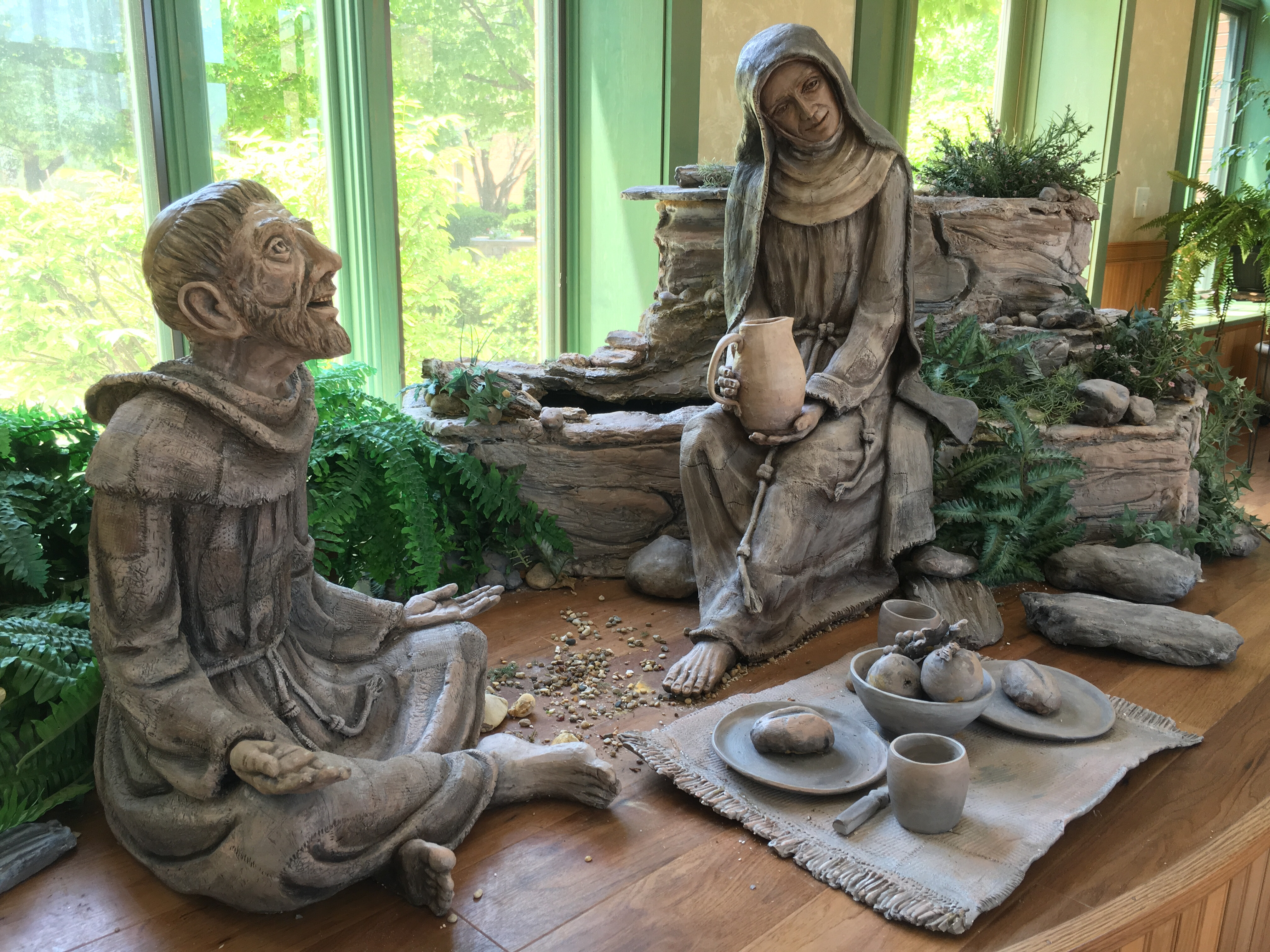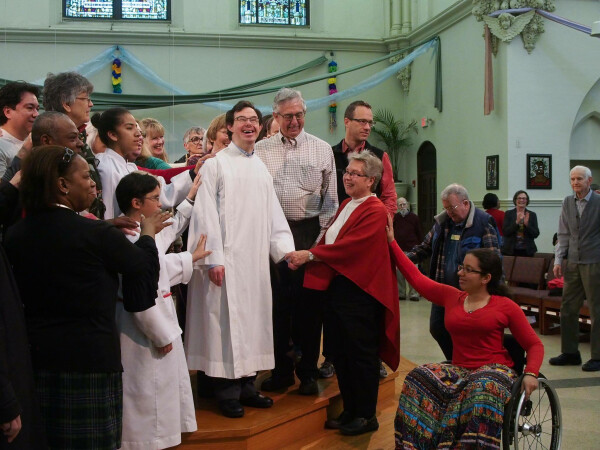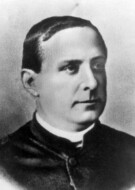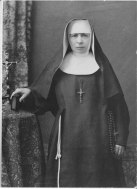Who are Saints Francis and Clare of Assisi?
St. Francis of Assisi, the little poor man, literally walked in the footprints of Jesus throughout his life. His utter poverty and humility resulted in the wounds of Jesus imprinted on his body, fulfilling his dream of becoming like Jesus in all things. His deep love and dependence on God are evident in his many writings and prayers. His grand celebration of the birth of Jesus at Greccio began the Christmas custom of nativity sets. His love and care for creation, a visible sign of God’s beauty, brought him to call everything in nature “brother” and “sister” and led him to become the Patron Saint of Ecology. On his deathbed, he composed the beautiful “Canticle of the Creatures” expressing the praise given God through all creation. Through the centuries, thousands of others have been drawn to his dream and have dedicated their lives to “rebuilding the church” just as the voice from the San Damiano cross asked Francis to do. The values and spirit of Francis that all Franciscans seek to live are needed in this world now more than ever!
resulted in the wounds of Jesus imprinted on his body, fulfilling his dream of becoming like Jesus in all things. His deep love and dependence on God are evident in his many writings and prayers. His grand celebration of the birth of Jesus at Greccio began the Christmas custom of nativity sets. His love and care for creation, a visible sign of God’s beauty, brought him to call everything in nature “brother” and “sister” and led him to become the Patron Saint of Ecology. On his deathbed, he composed the beautiful “Canticle of the Creatures” expressing the praise given God through all creation. Through the centuries, thousands of others have been drawn to his dream and have dedicated their lives to “rebuilding the church” just as the voice from the San Damiano cross asked Francis to do. The values and spirit of Francis that all Franciscans seek to live are needed in this world now more than ever!
The life and preaching of Francis inspired the first women follower, St. Clare of Assisi, often called “the little plant of Francis.” With Francis as her mentor, she and the other women who joined her, lived a life of gospel poverty, prayer and penance secluded from the world. As Abbess, she lived among the Sisters as one who served, often assuming the most menial tasks. It is said that after a time in prayer, her face was radiant, and these moments of deep contemplation are reflected in her many written letters and prayers. Her reputation became so widely known that popes, cardinals and bishops consulted with her. By the end of her life, her Rule of Life, the first written by a woman, was approved for the Order of the Poor Ladies or Poor Clares. Her name means “clear” and “bright,” which is why she is the patron saint of those with eye disease.
Photo: Sculpture by Kay Francis Berger, OSF, on display in the Motherhouse sunroom.
 What are Franciscans?
What are Franciscans?



 resulted in the wounds of Jesus imprinted on his body, fulfilling his dream of becoming like Jesus in all things. His deep love and dependence on God are evident in his many writings and prayers. His grand celebration of the birth of Jesus at Greccio began the Christmas custom of nativity sets. His love and care for creation, a visible sign of God’s beauty, brought him to call everything in nature “brother” and “sister” and led him to become the Patron Saint of Ecology. On his deathbed, he composed the beautiful “Canticle of the Creatures” expressing the praise given God through all creation. Through the centuries, thousands of others have been drawn to his dream and have dedicated their lives to “rebuilding the church” just as the voice from the San Damiano cross asked Francis to do. The values and spirit of Francis that all Franciscans seek to live are needed in this world now more than ever!
resulted in the wounds of Jesus imprinted on his body, fulfilling his dream of becoming like Jesus in all things. His deep love and dependence on God are evident in his many writings and prayers. His grand celebration of the birth of Jesus at Greccio began the Christmas custom of nativity sets. His love and care for creation, a visible sign of God’s beauty, brought him to call everything in nature “brother” and “sister” and led him to become the Patron Saint of Ecology. On his deathbed, he composed the beautiful “Canticle of the Creatures” expressing the praise given God through all creation. Through the centuries, thousands of others have been drawn to his dream and have dedicated their lives to “rebuilding the church” just as the voice from the San Damiano cross asked Francis to do. The values and spirit of Francis that all Franciscans seek to live are needed in this world now more than ever!